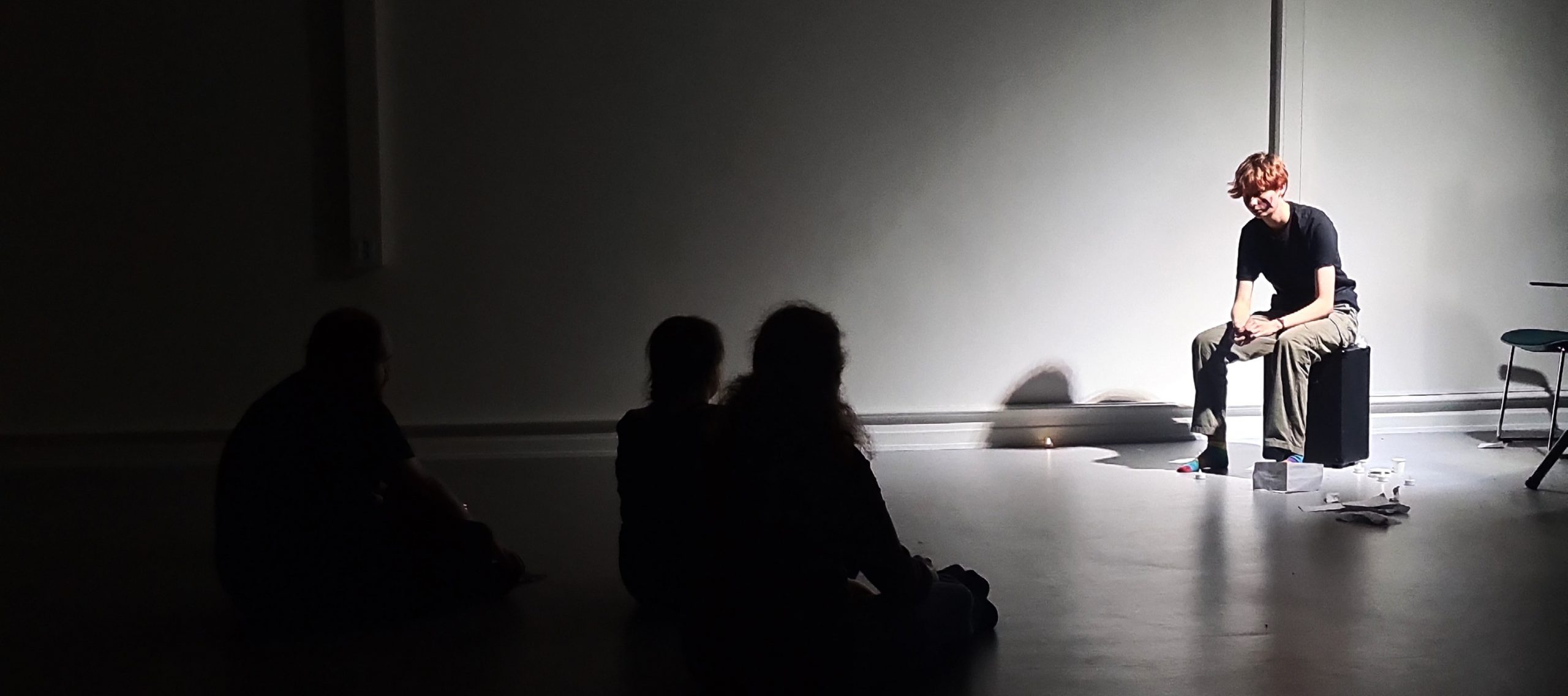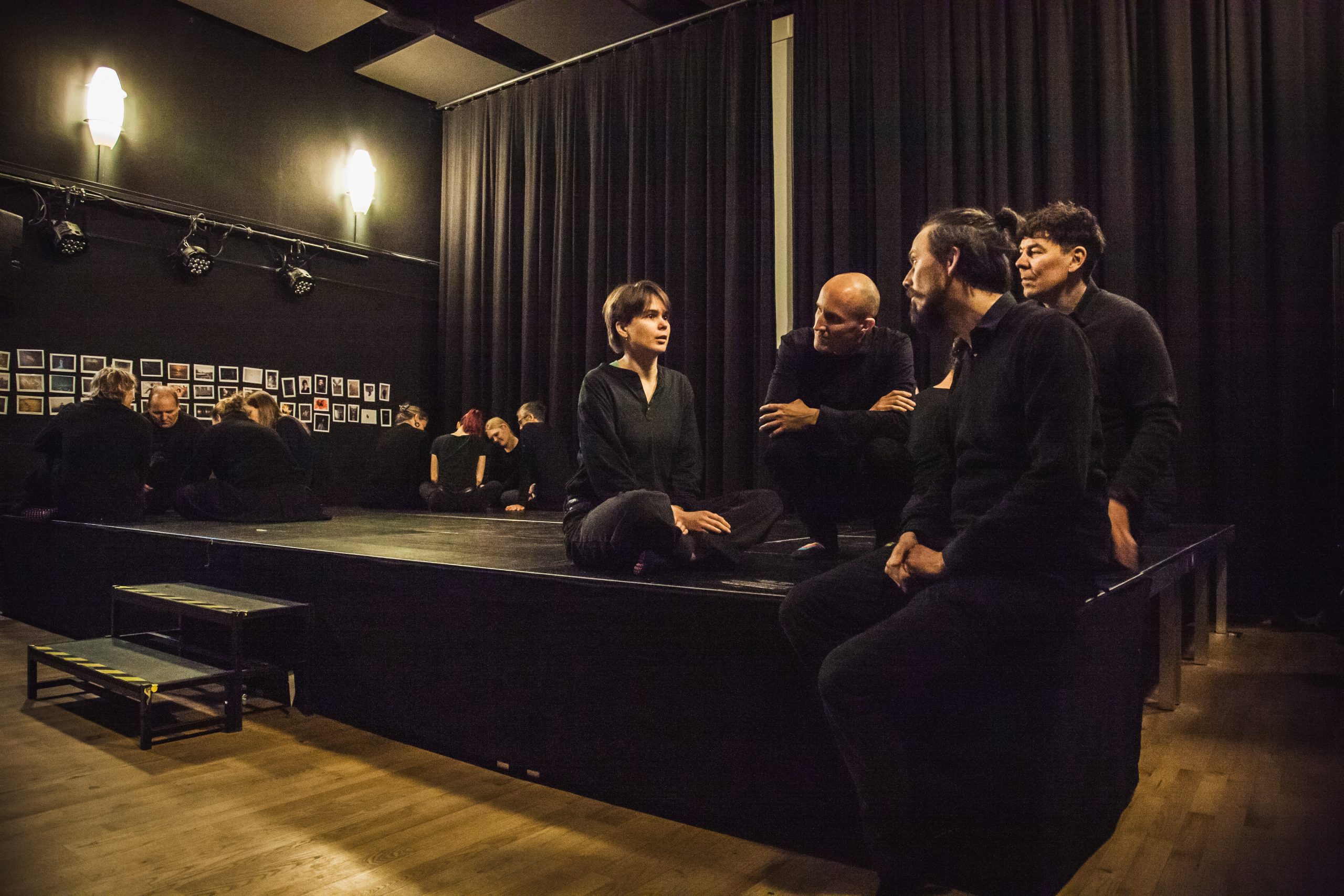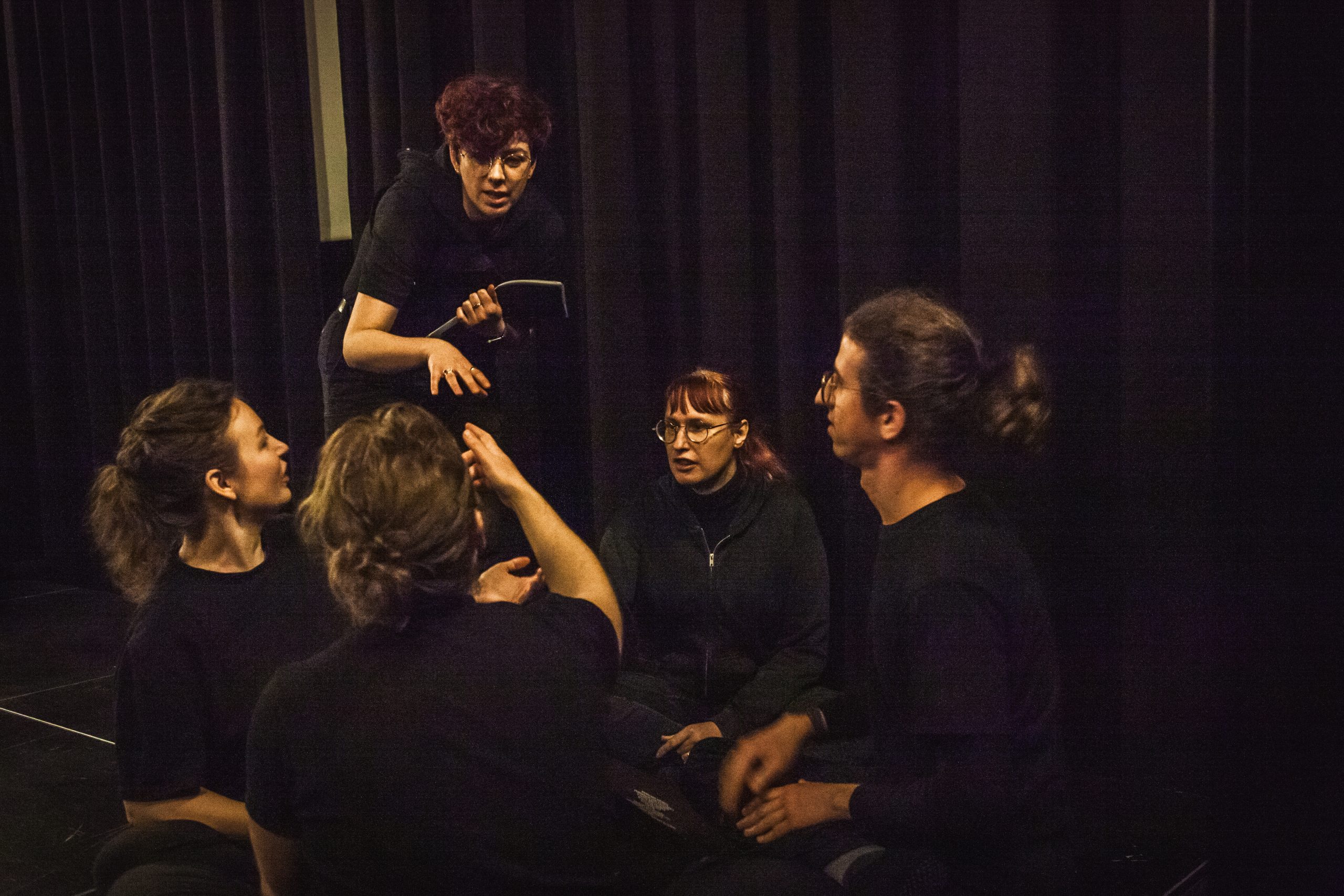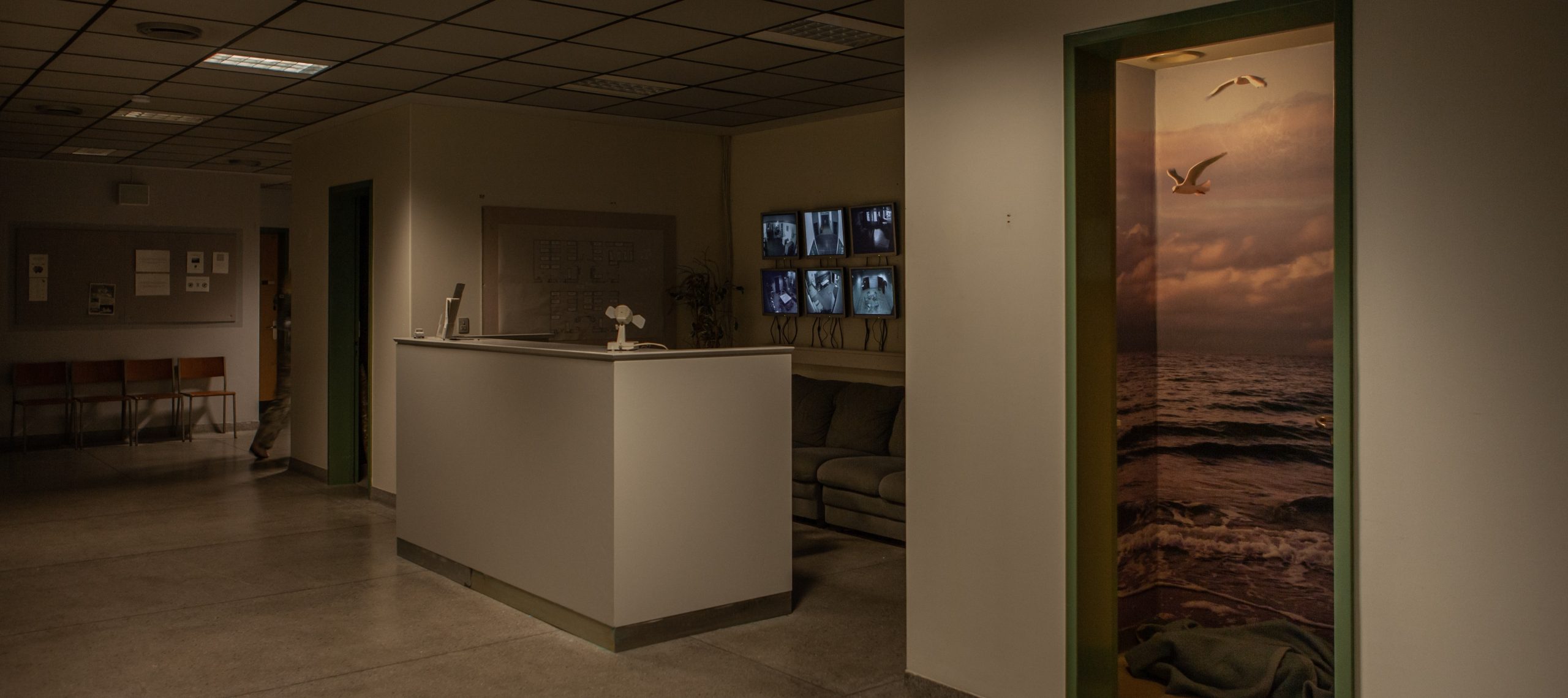Category: Tools
-

Design for young adult players: The relevance of designing for hope, agency and inclusion
in
How can larp designers include young adults as co-creators and peers in the design and play processes?
-

The Emotional Core
in
Sometimes in larps I get bored and disconnected. The solution? I need to start by looking for something to care about.
-

Workshop Design: A Guide
in
This article serves as a guide for workshop designers, outlining a series of steps that will take you from the initial idea to the final plan for a learning design.
-

WEB: Workshop – Exercise – Briefing
in
The most common learning formats used for the pre-play-prep before a larp are: workshop, exercise, and briefing. The WEB model described below is a visual tool in two parts, created to define, distinguish, and summarize these three types of learning sessions.
-

Building Player Chemistry
in
This article By Nór Hernø, introduces a workshop tool to help build player chemistry before a larp.
-

Rules, Trust, and Care: the Nordic Larper’s Risk Management Toolkit
in
This article discusses how to come to terms with the fact that risks at larps cannot be eliminated, and how to manage them instead.
-

Accepting Limits: The One-Hour Online Role-Play Experience
in
How can you run a whole tabletop RPG session in an hour?! I’m all too happy to answer that question.
-

Flagging: A Response
in
While flagging is not perfect, it addresses manifest abusive behaviour from predatory individuals within the increasingly internationalizing larp community.
-

SIGNA’s Performance Installations: Walking the Liminal Border Between Larp and Theatre
in
This article aims to look into the overlap between larp and theatre, with SIGNA’s performance installations guiding the exploration.
-

Flagging is Flawed
in
Although helpful for safety reasons, flagging is also commonly used to prevent people from attending a larp for lesser reasons.